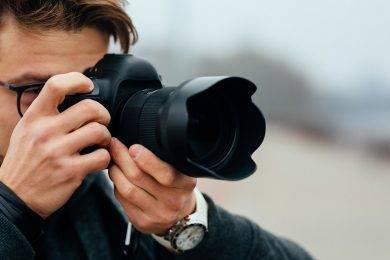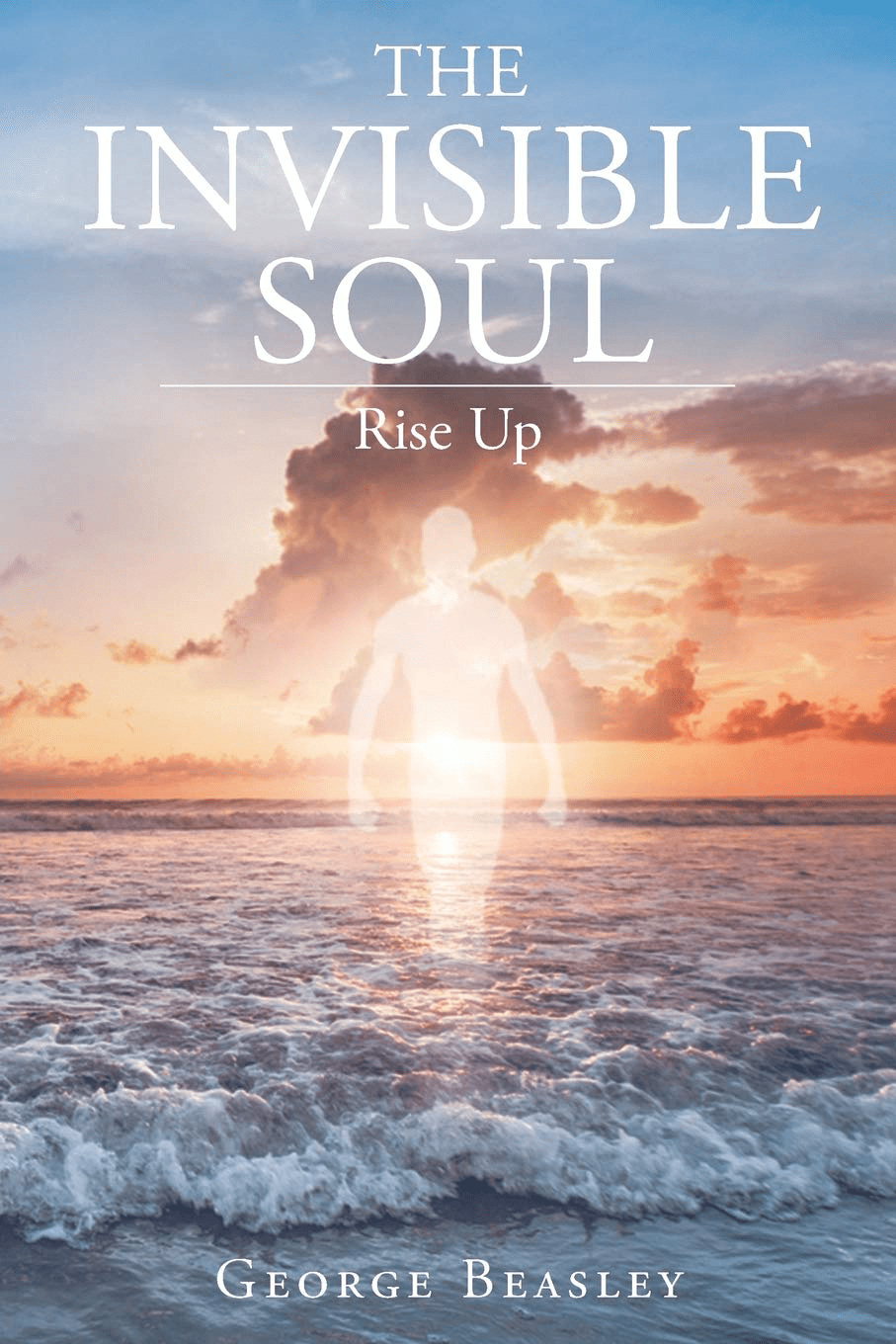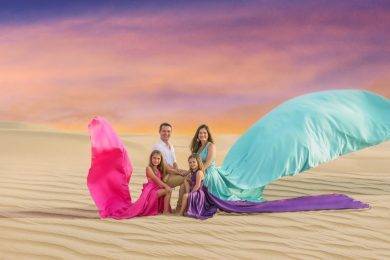Photography is the art of producing images by the action of radiant energy and especially light, and aesthetics are one of the guiding principles of photography. Aesthetics is a factor in photography that covers visual beauty. Aesthetics create great impacts on the character of an image in the photography and also cause viewers attraction.
Are you interested in taking images that are pleasing to the eye and attract the viewers and make them want to see you more? So, in this article, we’ll take a look at “aesthetic photography.” We’ll also take a look at the principle of aesthetic photography and techniques that help you to create great aesthetic photos. Before waiting any time, let’s dive in.
What is Aesthetic Photography?
Whether you’re taking pictures on a camera or smartphone, there’s one thing you all have in common: you want to take nice and attractive photos. Aesthetic photography is simply defined as pleasing in appearance and an aesthetic image will contain more eye-catching. Aesthetics photography is how we create, interpret, and analyze images using different visual qualities and determine what our viewers will feel when they look at your photo. An Aesthetic photo not only charms your audience but also showcases the unique style of the photographer.
If you are interested in taking aesthetic pictures, you should invest time into experimenting and developing your aesthetic as a photographer for creating visual quality images. It is the best way to create images that capture your viewer’s attention. The overall look of your photo in aesthetic photography is based on composition and photo-editing style.
Aesthetic Principles of Photography:
You can develop your aesthetic photo by applying the principles of aesthetic photography. Here I mentioned three basic principles of aesthetic photography that play an important role and by using these principles, you can plan your aesthetic photo the same as a professional aesthetic photographer. These are three principles of aesthetic photography;
- Composition
- Lighting
- Color schemes
- Composition
Image composition refers to the way things are arranged in your image. Here’s an easy way to put this into perspective. Since aesthetics can be referred to as pleasing to the eye, that means it is the final result of the image. You cannot just take a picture with your eyes closed and wait for an eye-catching photo. That is like trying to bake a cake by throwing all the ingredients in a pan and hoping they will turn into a cake. Without proper steps and a combination of ingredients, it is impossible to bake a cake or take a picture of beauty.
To make sure you blend the ingredients of this cake, you should use a variety of ingredients while taking your photos. That way, you follow the right steps in the recipe to make the final result you want, which is to take a picture of beauty. Without the right steps, you will not be able to capture the beauty you want. Similarly, you cannot take a picture of beauty without knowing what steps you should take.
2. Lighting
In aesthetics photography, light is another key component. Your subject’s appearance can change when you change the direction of the light. Shadows, Highlights, and structure all change with the direction of light that hits your subject. You can light your subject in three fundamental ways:
Front lighting: It is when the light source is situated at the front of your subject and you can make out visual complexities Due to old trends, this angle of light is often avoided in aesthetic photography.
Side lighting: It is a photographer’s favorite way of lighting. It is the point at which the light source is to the side of your subject. Side lighting is the best way to give three-dimensional quality to your subject.
Backlighting: It is the point at which the light source is to backside your subject and facing your camera. For this sort of light, you should be knowledgeable in controlling exposure to hold the picture back from getting blown out.
- Colors Scheme
You may decide to utilize splendid, dull, soaked, or quieted tones. Or then again, you may select to shoot in highly contrasting for the shortfall of shading. The nature and quality of colors you use in your images will significantly affect their style. You may decide to utilize bright, saturated, and dark tones. Before selecting any color, keep in mind that various tones of colors influence different feelings and emotions.
For example, red is commonly seen as a blazing and powerful color. On the other side blue tones are frequently seen as cool, peaceful. Colors can mean various things to various individuals. A viewer’s perspective can impact how the watchers see tone. The shadings that you use, and how you use them can fundamentally modify the state of mind, message, and feel of your picture.
How to create Aesthetic Pictures?
If you are a beginner, taking aesthetic photos of yourself can be a big part of developing your aesthetic. It is difficult to create Aesthetic Pictures but that does not mean you can throw all the basic principles of aesthetic photography out the window, do not worry about it.
Tips to take aesthetic photos:
When composing your pictures by using mentioned tips, you will develop a feel as you gain more experience and make a conscious effort. You can gain some experience by capturing different versions of a scene or landscape to compare how different aesthetic concepts will influence the results.
- Develop your personal aesthetic
- Learn to use the photo editor software
- Set the mood
- Use the principle of composition
- Experiment with different angles
Conclusion
Aesthetic photography is not a simple concept, and there may be a great deal of discussion over what the term even means. After reading this article, you need to plan your shots and keep tips in mind. In photography, you are the commander of your style, and you can shape it in any capacity you want.
My name is Sardar Ayaz a professional content writer and SEO expert having Proven record of excellent writing demonstrated in a professional portfolio Impeccable grasp of the English language, including idioms and current trends in slang and expressions. I have ability to work independently with little or no daily supervision with strong interpersonal skills and willingness to communicate with clients, colleagues, and management.
I can produce well-researched content for publication online and in print, organize writing schedules to complete drafts of content or finished projects within deadlines. I have 12 years’ experience to develop related content for multiple platforms, such as websites, email marketing, product descriptions, videos, and blogs.
I use search engine optimization (SEO) strategies in writing to maximize the online visibility of a website in search results











